
We take a look at one of the most important parts of the commercial roofing industry and the construction sector as a whole: credible, professional training programs.
Opportunities in Commercial Roofing
For capable business owners and customer-minded roofing companies, there are many enterprising opportunities in commercial roofing. According to the research firm Principia, the commercial roofing industry will reach $5.3 billion in 2014. Thereafter, The Freedonia Group projects residential and commercial roofing sales will reach $27.2 billion in 2017.
This market growth potential is reflected in projections for the larger-scale construction job market as well. The Department of Labor, Bureau of Labor Statistics projects the construction market as a whole will grow 2.6% each year between 2012 and 2022. Because of this growth, it anticipates there will be 1.6 million new jobs created in that time.
Along with this growth, however, there is another factor that enterprising and current roofing business owners should keep in mind. In the higher-end spaces of construction, such as commercial roofing, there will be a great need for professionally-trained workers. Because commercial work is very involved and detailed, skilled labor or craftsmanship will be more important than ever for meeting the growing demand and being able to perform at high quality standards.
What Are Some Tangible Reasons for Professional Roofing Training?
So, being well-versed in commercial roofing practices is essential for top performance. But what are some more tangible, personalized reasons for why professional training is essential? Here are a few things worthy of consideration:- Professional roofing training will keep you current in your roofing knowledge as well as up-to-date on any industry trends or developments. As the old saying goes, “Knowledge is power.” Being knowledgeable of what is going on in your industry, what business trends are current at play in it, and what developments may shape its future is essential for your business’ performance—and making sure you have skin in the game. Important things such as regulations, construction trends like energy efficiency, business licensing and certification, and different products available are just a few of the many factors of which you should be constantly aware. You need to keep up-to-date in your knowledge, or you will be left behind by local competitors. There is another advantage to ongoing education besides meeting minimal performance standards, too. Because the factors mentioned above can change quickly, being ahead of the educational curve means you will be ahead of the competition—and that will help you keep your competitive edge sharp.
- Depthful product knowledge is an essential for maintaining profitability. This is an obvious benefit, but it is important to reinforce. Building product manufacturers offer training programs so contractors can become expert applicators of their product line. In them, contractors are given valuable information on the products themselves, including their key selling points. It is also advisable to remember that these training programs are not intended for only new contractors, but also industry veterans who are looking to keep their product application skills sharp, are learning the ins-and-outs of a new product line they are using, or seeking new insights of how a product line offers value. Knowing the nitty-gritty of the products you are using, their performance value and benefits, how they perform and why, and how this is of interest to customers, of course, will help in closing more sales.
- New market opportunities can open up from new insights gained at a roofing training program. Sure, a professional training program gives your company and its workers more credibility. But what about the benefits of going through a training program multiple times? Even the most experienced roofing contractors have found value in going back to roof systems training and reacquainting themselves with best commercial roofing practices. For older hands at roofing, there is actually another plus—by becoming more familiar with a product line, you may see new market opportunities to take advantage of. You can gain new insights into the product you are using, and see more ways in which different products can be applied for greater customer value and market benefit for you. Then you can take that knowledge and put into action.
- Attending professional roofing training programs can help in making connections and valuable business relationships. Oftentimes, roofing training programs host experienced contractors who have been using a particular product line for decades. These veteran contractors can be wellsprings of knowledge, insight, advice, and even sometimes business development opportunities. Just like in any other industry, networking is a critical part of commercial roofing, and roofing contractors who take the time to connect with others who are like them, or who are experienced professionals, can greatly benefit from those networking connections later. After all, robust professional networks are a key resource for making additional new contacts for roofing work prospects; opening up new business development ideas, strategies, or partnerships; and raising your own bullion in professional circles. Being connected to experienced professionals who can offer valuable mentorship and strategic guidance can help raise the professional capabilities of your workers or company team members, too. They can benefit from these individuals’ knowledge and expertise when needed.
Choice Roof Contractor Group and Conklin Roof Systems Training
At Choice Roof Contractor Group, we believe in giving every quality-minded contractor all of the resources he needs for success. So, if you are a current roofing business owner looking to add more to your bottom line, or a business development manager or worker wanting to strengthen your company’s performance, there may be something here for you.
Our nationwide network provides roofing companies with a full suite of exclusive benefits for their success, including:
- Conklin’s comprehensive roof systems training, which gives a roofing company everything it needs to enter into commercial roofing
- Lifetime mentorship, coaching, and support from experienced, successful contractors in our network
- Commercial roofing leads after becoming an endorsed member
- Marketing and business development strategies that members are using with great success
- Credible professional reputation provided by our nationwide organization’s record of excellence and customer-minded service
- Shared expertise and resources among members and supported contractors
- Valuable business suppliers and partners committed to your success and unique needs, such as full-service marketing support from Top Roof Marketing
- So much more
Should you be interested in learning more about how going through Conklin’s factory training program with us can help your company, please do not hesitate to contact us. We can help, whether you are an experienced commercial roofing company or just those critical first steps. You can quickly reach us at 800-670-5583. We will be happy to give you more information on how our members empower people for success as well.
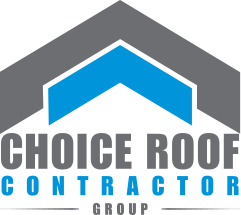

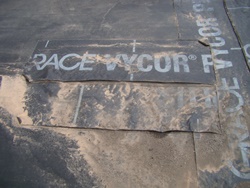 Generally speaking, repair costs can be difficult to estimate because they often vary according to roof system type. Factors such as how many appliances are on top of a building, a roof’s configuration, and a roof’s age, are also reasons for why roof repair costs differ on each building.
Generally speaking, repair costs can be difficult to estimate because they often vary according to roof system type. Factors such as how many appliances are on top of a building, a roof’s configuration, and a roof’s age, are also reasons for why roof repair costs differ on each building.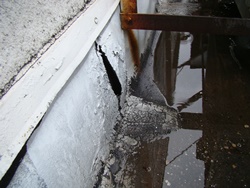 A study of buildings owned by Carnegie Mellon University provides insights into how much roof repairs can cost on multiple buildings over time. In the study, data gathered over nine years on 38 buildings in Carnegie Mellon University’s asset portfolio was used.
A study of buildings owned by Carnegie Mellon University provides insights into how much roof repairs can cost on multiple buildings over time. In the study, data gathered over nine years on 38 buildings in Carnegie Mellon University’s asset portfolio was used.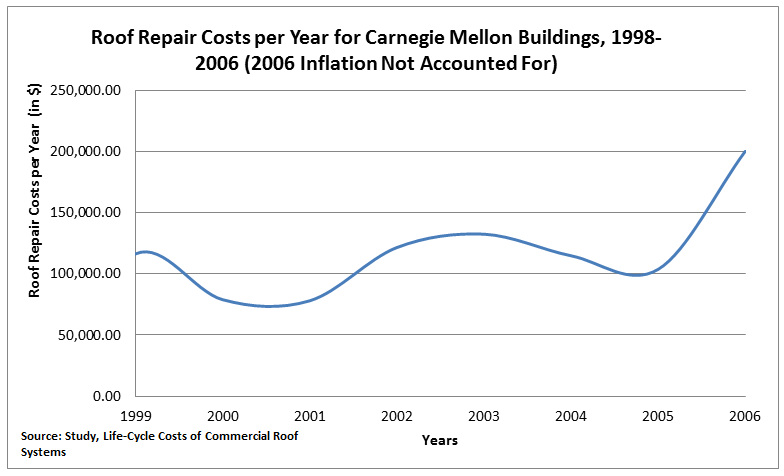
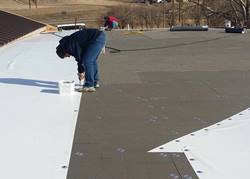 How much does a commercial roof replacement cost? One study reports on a roof with average dimensions of 10,000 square feet, a new commercial roof can cost over $42,500, or over $4.25 per square foot. That study also found 80% of the roofs tracked had been replaced before they needed to be.
How much does a commercial roof replacement cost? One study reports on a roof with average dimensions of 10,000 square feet, a new commercial roof can cost over $42,500, or over $4.25 per square foot. That study also found 80% of the roofs tracked had been replaced before they needed to be.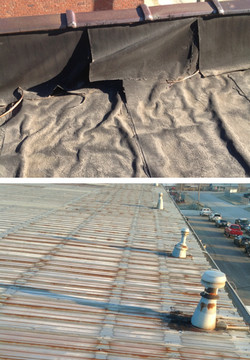 One well-known study looked at commercial roof replacement costs over time. The study drew upon data collected over a space of 9 years. The study concentrated on lifecycle costs for low slope
One well-known study looked at commercial roof replacement costs over time. The study drew upon data collected over a space of 9 years. The study concentrated on lifecycle costs for low slope 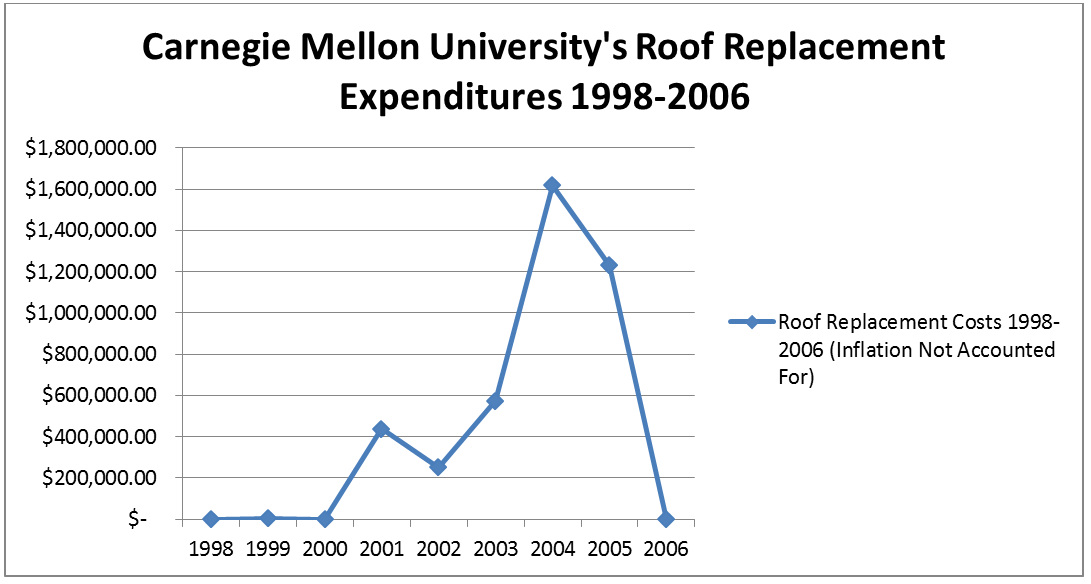
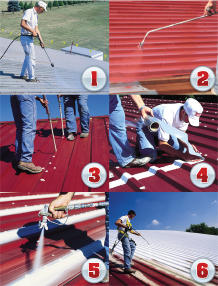 To deliver the best value to building owners and facility managers, Choice Roof Contractor Group uses Conklin roof restoration products. These products have been installed on over 2 billion square feet of roofing in the United States. On top of that, they have been a trusted choice by building owners, facility managers, architects, building engineers, and other construction experts and professionals for over 40+ years. When they are applied, on top of the completely seamless and fully adhered roofing membrane they form, Conklin roofing products leave behind a
To deliver the best value to building owners and facility managers, Choice Roof Contractor Group uses Conklin roof restoration products. These products have been installed on over 2 billion square feet of roofing in the United States. On top of that, they have been a trusted choice by building owners, facility managers, architects, building engineers, and other construction experts and professionals for over 40+ years. When they are applied, on top of the completely seamless and fully adhered roofing membrane they form, Conklin roofing products leave behind a  Based out of the small village of Coloma, Wisconsin, Simon Troyer says he’s always enjoyed doing construction. And now that he has a commercial roofing division up-and-running as part of his business, he is tremendously excited for the future.
Based out of the small village of Coloma, Wisconsin, Simon Troyer says he’s always enjoyed doing construction. And now that he has a commercial roofing division up-and-running as part of his business, he is tremendously excited for the future.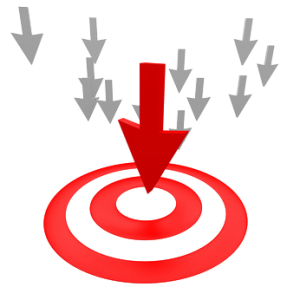 Today’s blog post takes a look at an area of importance for commercial roofing contractors—commercial roof lead generation. We examine the different methods of lead generation available today. The post then concludes by spelling out details of Choice Roof Contractor Group’s own
Today’s blog post takes a look at an area of importance for commercial roofing contractors—commercial roof lead generation. We examine the different methods of lead generation available today. The post then concludes by spelling out details of Choice Roof Contractor Group’s own 
 Take a good look at any successful entrepreneur, and you’ll likely notice one thing that’s probably common to them all. All well-to-do businesspeople set goals and then strive for them. In many ways, it’s common sense: goals provide a concrete sense of what you’re aiming for, a benchmark for how you’ll achieve it, and a baseline from which you’ll start. What may be surprising, though, is just how often successful entrepreneurs set goals—on a daily basis! In retrospect, though, it makes sense.
Take a good look at any successful entrepreneur, and you’ll likely notice one thing that’s probably common to them all. All well-to-do businesspeople set goals and then strive for them. In many ways, it’s common sense: goals provide a concrete sense of what you’re aiming for, a benchmark for how you’ll achieve it, and a baseline from which you’ll start. What may be surprising, though, is just how often successful entrepreneurs set goals—on a daily basis! In retrospect, though, it makes sense. Today’s blog post takes a look at one of the biggest concerns in commercial roofing— the “urban heat island” effect. This effect refers to when a city setting is warmer than a rural location. Another topic of examination that will be covered is a solution being used for this issue— a
Today’s blog post takes a look at one of the biggest concerns in commercial roofing— the “urban heat island” effect. This effect refers to when a city setting is warmer than a rural location. Another topic of examination that will be covered is a solution being used for this issue— a 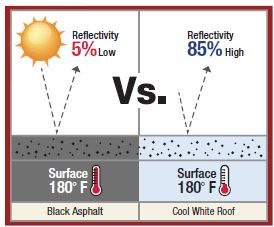 One solution that has been adopted to reduce the impact of these effects is the white roof. Dr. Arthur Rosenfeld, a pioneer in the field of energy efficiency and Distinguished Scientist Emeritus at Lawrence Berkley National Laboratory, has advocated white roofs (and cool roofs in general) as a way to combat the effects of the urban heat island effect for over 40+ years. In an article on Grist.com, Rosenfeld reportedly once calculated people in the Los Angeles basin would save $170 million in energy costs and health-related expenses per year if white commercial roofs were installed throughout the area.
One solution that has been adopted to reduce the impact of these effects is the white roof. Dr. Arthur Rosenfeld, a pioneer in the field of energy efficiency and Distinguished Scientist Emeritus at Lawrence Berkley National Laboratory, has advocated white roofs (and cool roofs in general) as a way to combat the effects of the urban heat island effect for over 40+ years. In an article on Grist.com, Rosenfeld reportedly once calculated people in the Los Angeles basin would save $170 million in energy costs and health-related expenses per year if white commercial roofs were installed throughout the area.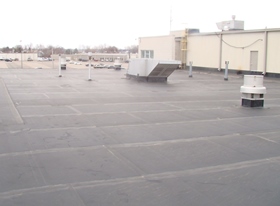 Ethylene propylene diene monomer roofing (or simply EPDM rubber roofing) is the oldest single-ply membrane system used in the United States, to date. This type of roofing has been used for over four decades. According to the National Roofing Contractors Association, EPDM rubber roofing accounts for 25 percent of the roofing market, making it a leading option for new roofing and retrofit projects. Every year, more than 1 billion square feet of EPDM rubber roofing is installed on new roofing projects.
Ethylene propylene diene monomer roofing (or simply EPDM rubber roofing) is the oldest single-ply membrane system used in the United States, to date. This type of roofing has been used for over four decades. According to the National Roofing Contractors Association, EPDM rubber roofing accounts for 25 percent of the roofing market, making it a leading option for new roofing and retrofit projects. Every year, more than 1 billion square feet of EPDM rubber roofing is installed on new roofing projects.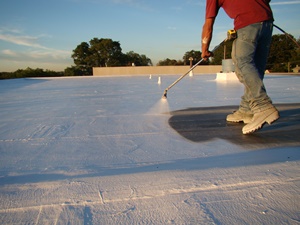 For EPDM rubber roofing,
For EPDM rubber roofing, 